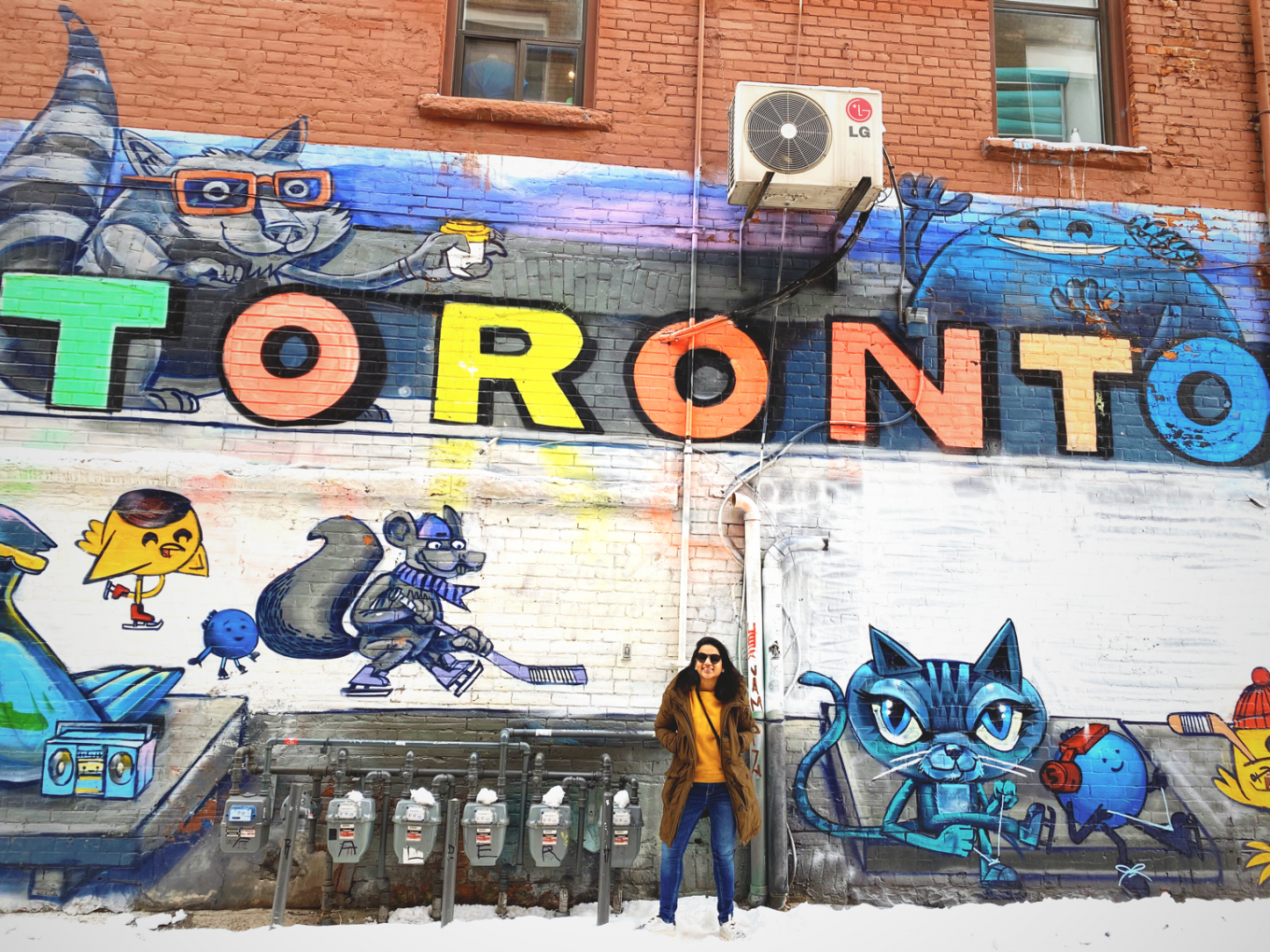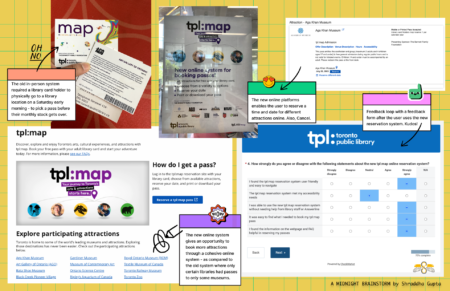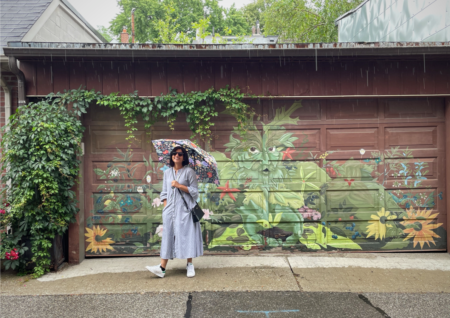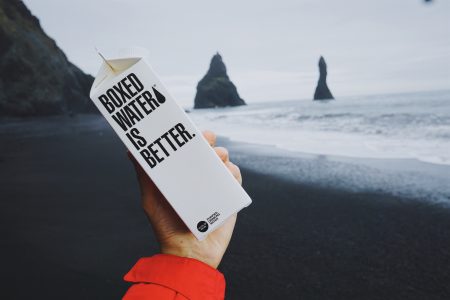Moving to a new country can be daunting. I have lived abroad before, but Toronto, felt like the very first time all over again. And even though I had an idea of what to expect, there is nothing like experiencing a new country once you are actually there than just reading about it online before. A bit of prior research helps, but there is a lot that one has to do and understand when you actually start living in a new country.
For instance, I knew Toronto was going to be cold, but what I didn’t know was how does -21 degrees actually feels on your skin! Finishing over three months of adjusting and learning about the city one day at a time, here are my top tips to help you adjust faster and better if you are a first timer in Canada too.
#1 – Acknowledge that this is home now:
A lot of adjusting starts with your mind first. So acknowledge that for good or bad, near or far, this is your home country now. Accept the culture, the weather, the food and the system in a way that you are open in your heart and mind to experience it truly and navigate through it easily.
#2 – Get through the jet-lag and get out:
Start forcing yourself to eat, sleep and to wake up as per your new local time. Every person gets through jet lag differently in their own time, but the trick to it remains the same – force your body into the new time zone, but also give it its own time to completely adjust in a new routine, ranging from a week to 10 days. Remember, there are over the counter medicines like Melatonin that help you adjust your sleep cycle faster which are completely safe, but I wouldn’t suggest taking them either ways and rather getting adjusted naturally.
#3 – Get a state ID:
Wherever you travel or live, an official ID is a must. Considering that it is not wise to carry your passport everywhere, the most common local IDs are a driving license or a state ID which also serve as your address proof. In Toronto getting a driving license takes time, so apply for a “photo card” as soon as you come. This will be enough for your everyday ID needs and to even travel domestically within Canada. Remember, that the wait time to get an ID appointment is long (30 to 40 days), so apply for an appointment online much in advance. (Click here to book an appointment)
#4 – Open a bank account:
Even though cash works for the first few weeks, Toronto is a first-world, card friendly economy. You will need a credit/debit card for all your apps, for booking Uber, to order food on door dash, and even to buy your groceries. All you need is your immigration papers as proof (work permit/PR card), an official ID (passport) and a temporary address. Personally I have a TD bank account, one of the biggest banking chains in Canada, but you can opt for any bank that’s commonly accepted in the country. Make sure you get both a debit and a credit card. Most smaller grocery stores only prefer a debit card, while shopping for bigger amounts you should use your credit card as that will fetch you extra points on each purchase.
#5 – Shop correctly for the wintry minus temperatures:
Toronto is not your usual cold. It’s colder than cold; one of the coldest cities in the world. So make sure you shop correctly for it. Buy jackets for minus temperatures such as a Superdry, a Uniqlo Parka, a North Face or a Canada Goose. You can try Uniqlo for your everyday basics, and they have some awesome heat-tech technology body warmers, inners and socks. Also buy winter snow boots – not just the fancy ones, but boots that are meant for snow days with a good grip. Sorel, North Face, Uggs, Patagonia – are all good brands to check out.
#6 – Keep your skin moisturized multiple times a day:
The extreme winter will leave your skin extremely dry. To top it all the central heating inside the house will suck out the moisture even more from your skin, leaving you and your body dehydrated. Get yourself a good stock of body lotions (Nivea), conditioners, in-shower creams, and face creams with extra moisture in them. Personally I use Clinique Intense Moisturizing Surge for my face, and Nivea for my body. Remember, a hair conditioner is a must too as a lot of people complain of extreme hair breakage in the first few months of moving to Canada because of the weather.
#7 – Start taking a public transport and walk around your neighborhood:
Even though uber is always an option, it’s obviously not cheap to take a cab everyday. People in Downtown Toronto take the public transport everyday – Toronto Transit Commission (TTC) – a local network of subways, streetcars and busses – for work and getting around, which is well laid out, clean and easy to navigate. You will need to sign up for a PRESTO card to use this service.
The idea is to get to know your neighborhood. Downtown Toronto is full of boutique stores and cafes, old buildings, historic architecture mixed with colorful graffiti and street art. The more you will get out in your area, the faster you will accept it as home with your favorite corners and shops to enjoy in the future.
To walk around while keeping warm in the winters, there is The PATH – a network of underground pedestrian tunnels, elevated walkways, and at-grade walkways connecting the office towers of Downtown Toronto, Ontario, Canada. It connects more than 30 kilometers of tunnels, walkways, and shopping areas.
#8 – Enroll yourself as a member of the Toronto Public Library:
Every state has its own bunch of public libraries which have a free membership card once you become a resident of that area. It’s a good idea to set yourself up with a membership card with your closest public library if you like to read and issue books in your name for no cost. You can even go and work in the public libraries, and also use the library resources for information about jobs, upcoming events, etc.
#9 – Get your Health Insurance Card
If you are now living and working in Canada, means you are paying your taxes. Using that tax money, the government in Canada provides a basic health insurance plan. In Ontario to be specific, this is called Ontario Health Insurance Plan (OHIP), that covers visits to family doctors, and emergency health care. Irrespective of the fact that you do or do not have a private health insurance, getting the government provided health care is your right, and beneficial in all cases. Here is a link to who is eligible, when and how to apply.
#10 – Enroll for a free to paid CLASS PASS for fitness:
Toronto offers hundreds of fitness classes everyday ranging from yoga, to barre, spinning, zumba, pilates, boxing, and much more. Enrolling for a monthly Class Pass is a good way to start going out, exploring the city while keeping your fitness in focus. Also, during the free trial month, the first 6 classes comes for free! Remember that Toronto can get extremely gloomy in the winters and fitness classes are sure a good way to keep your sanity intact. Also, make it a point to take some essential vitamins everyday as taking in the natural sunlight is rare in the wintry months. Mandatory vitamins are Vitamin C, Vitamin D and Omega 3.











I have planned for a trip to Canada next month with my colleagues. Thanks for sharing this.